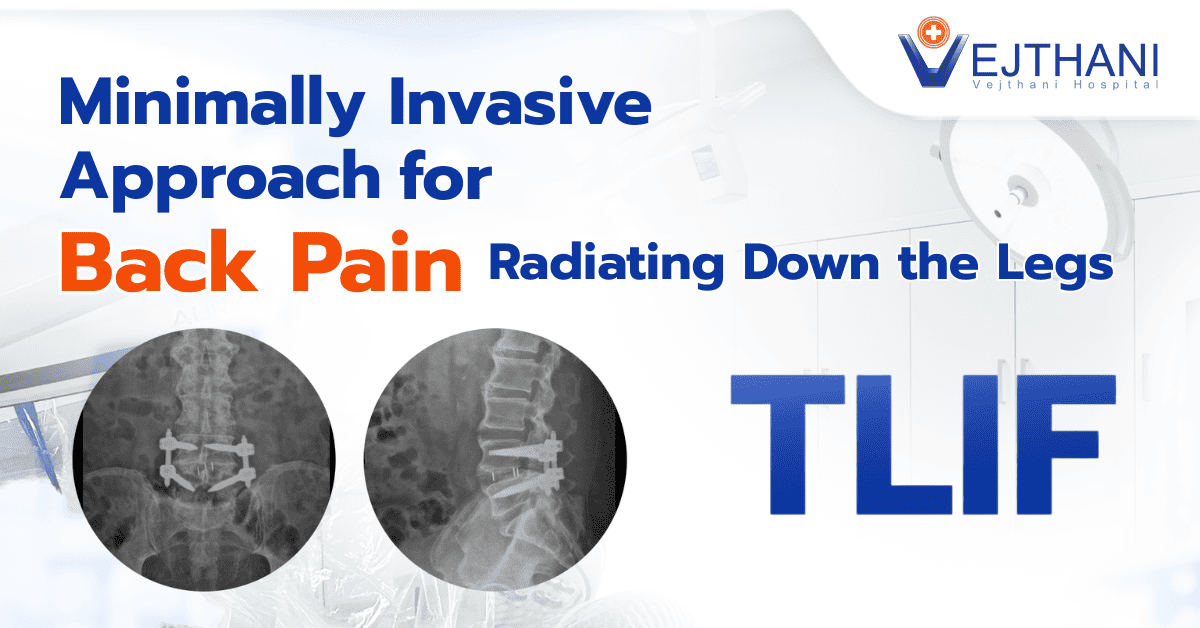
Preterm labor
Overview
Preterm labor occurs when the body begins to labor as early as 37 weeks or less. Preterm labor could result in premature birth.
The baby is at greater risk for health problems if they were born prematurely. Preterm babies require close monitoring and special care to help them grow and develop outside of the womb. Long-term physical and mental impairments are also possible in premature babies.
Preterm births are divided into different categories:
- Late preterm: the baby was born between 34 – 36 weeks.
- Moderately preterm: the baby was born between 32 – 34 weeks.
- Very preterm: the baby was born before 32 weeks.
- Extremely preterm: the baby was born less than 25 weeks.
There are several things that the healthcare provider can do to delay an early delivery. The longer the baby grows inside the womb of the mother, closer to the due date, the less likely they are to suffer complications following birth.
The following are some of the most typical medical issues that impact premature babies:
- Apnea of prematurity: There are sudden temporary pause of breathing during sleeping
- Bronchopulmonary dysplasia: The lungs of the premature baby have not properly developed.
- Patent ductus arteriosis (PDA): The heart of the premature baby have an abnormal flow of blood.
- Neonatal sepsis: the blood of the premature baby have an infection.
- Intraventricular hemorrhage: their bleeding in the brain.
- Necrotizing enterocolitis: the intestines of the baby are inflamed.
- Retinopathy of prematurity: is an eye disease found in premature babies.
Having developmental problems is also more likely in premature babies. They could experience health problems later in life, such as:
- Learning disabilities
- Hearing and visual problems
- Developmental delay
- Cerebral palsy
Symptoms
Preterm labor signs and symptoms include:
- Lower and constant back pain
- Lower abdominal cramping or menstrual-like cramps.
- Pressure at the lower pelvic and abdominal.
- Contraction every ten minutes or more, those worsen and faster.
- Vaginal bleeding, spotting, or mucus-like discharge
- Nausea and vomiting
- Preterm rupture of membranes
Some of the signs and symptoms such as backaches, could be challenging to distinguish from typical pregnancy symptoms. Contact your healthcare provider if the patient encounter any of these symptoms or are worried about how they are feeling. Patient should not be concerned about confusing false labor for real labor as this could be determine during consultation.
Causes
Premature births can occur unexpectedly and with unknown cause. For medical reasons, providers may need to induce labor early. Premature labor can also occur as a result of:
- Health problems during pregnancy such as preeclampsia, diabetes, or infection
- Vaginal bleeding
- Multiple pregnancies by giving twin or triplet
- Uterine or cervix problem
- Short interval between pregnancies, usually less than 12 months
- Drug or alcohol abuse
Risk factors
Preterm labor can occur in any pregnancy even in the absence of any known risk factors, but it can also occur in the presence of certain risk factors.
- Age: the mother that is below 20 years old or more than 40 years old to get pregnant could be at risk of preterm labor.
- Race: the following races are at risk of preterm labor such as African American, non-Hispanic race and ethnicity.
- History: Patient with history of preterm labor especially the most recent one could put the mother at risk to develop preterm labor again.
- Multiple pregnancies: Pregnancy with twins, triplets or other multiples. Short intervals between pregnancies, usually less than 12 months.
- Health problems: Certain infections to amniotic fluid or the genital tract. Chronic conditions such as preeclampsia, diabetes, autoimmune diseases, depression, or stressful life events.
- Others: The following could also put the mother at risk for preterm labor such as shortened cervix, problems with uterus or placenta. Excess amniotic fluid could also put the mother at preterm labor.
- Abuse: Drug abuse, alcohol abuse and smoking are contributing risk factors.
Contact Information
service@vejthani.com






















